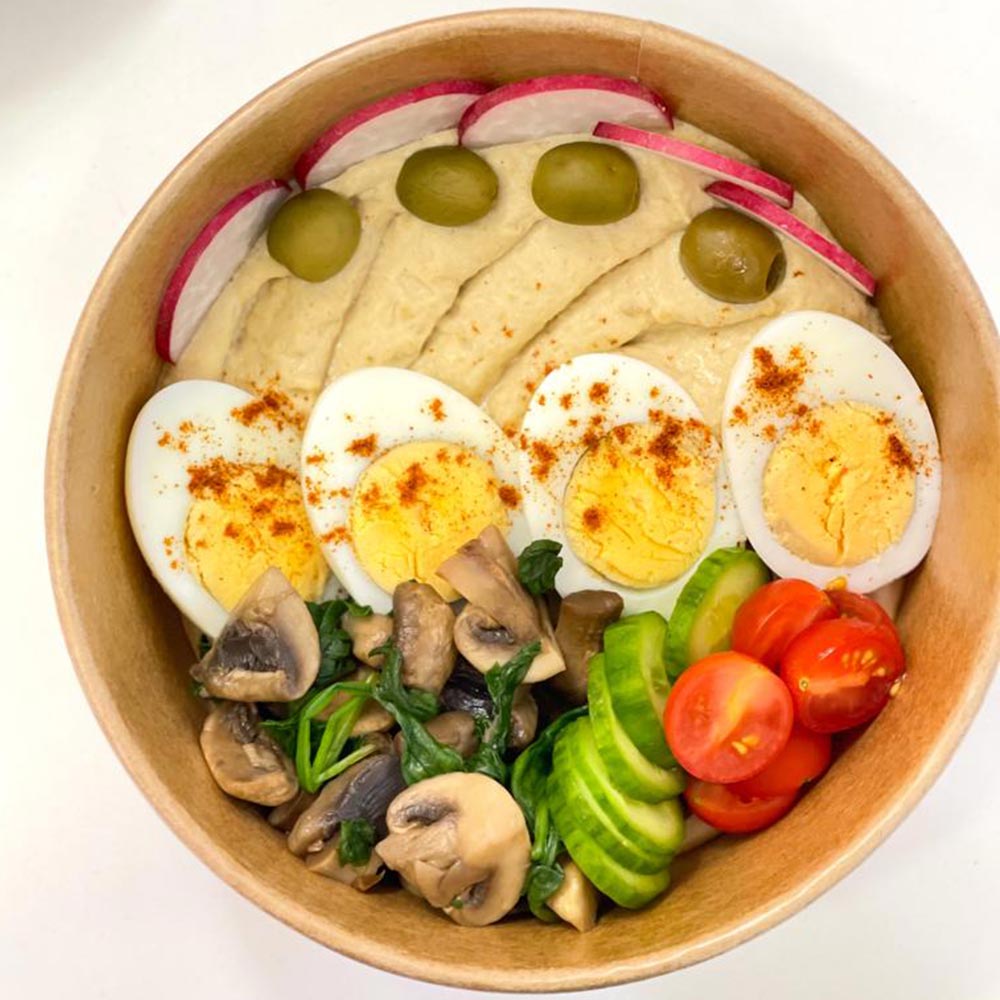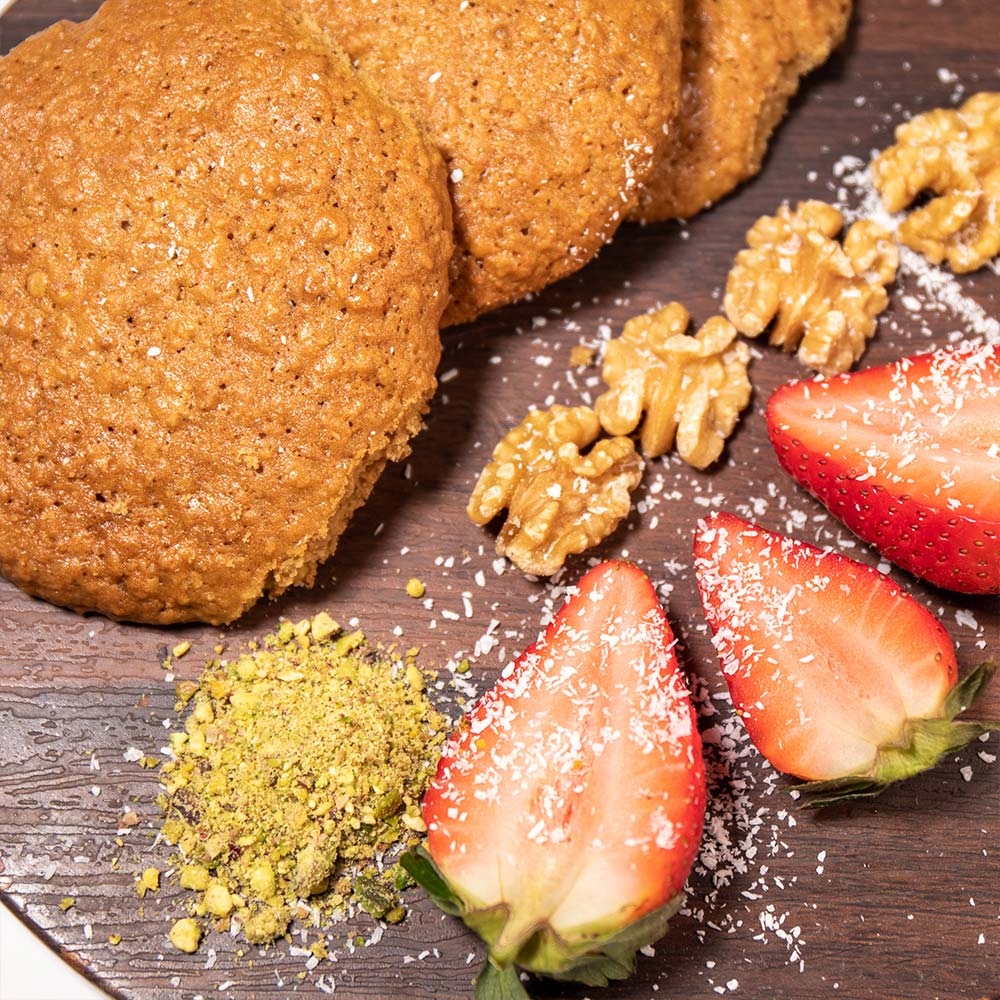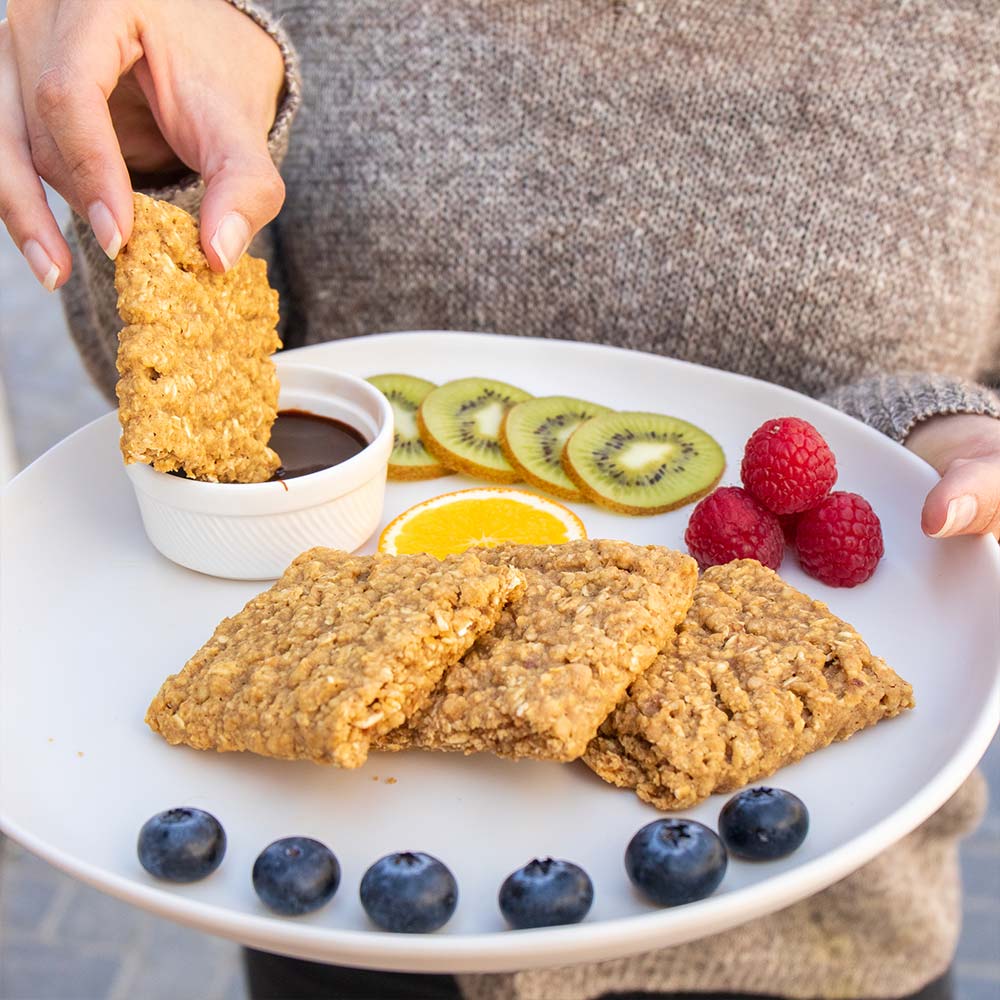Deciding to go vegan for weight loss management is a
positive life-changing trip that you take not only in terms of physical health
but also on the emotional side. Balance and structure are keys to adhering to a
plant-based slimming diet; this specific diet is nutrient-dense, low in
calories, and full of fiber—making for proper eating in its finest form. But to
do this, it is necessary to approach the problem systematically and thoroughly
study the basics of vegan diets.
Here, we will provide a step-by-step approach to achieving vegan calorie control, healthy vegan weight loss meal plans, and healthy vegan recipes. Whether you are a long-time vegan or a newbie to the world of plant-based eating, this article is for you, as it will offer some valuable tips and suggestions to help you succeed with weight loss.
Understanding the Basics of Vegan Weight Loss
Weight loss works by using up calories in the body at a
higher rate than ingested. Although applicable to all diets, this has
to do with vegan diets where nutrient density is a special feature. Most of the
plant-based calories are comparatively lesser and are enriched with fiber, thus
preventing one from overeating.
Nutrient Density Over Empty Calories
Concentrate on seasonings that add approximately required
nutrients and not other calories. Essentials of vegan meal planning include
eating four or more servings of cooked and raw vegetables daily, many colored
and textured vegetables including spinach, kale, chard, collard greens, bok
choy, broccoli, asparagus, artichoke, Brussel sprouts, leeks, cauliflower, and
cabbage among others; four or more servings of legumes daily including lentils,
chickpeas, navy beans, black beans, kidney beans Extra caution with processed vegan
foods such as mock meats and refined carbohydrates high to calorie yet low on
nutrients.
Protein in a Vegan Diet
One of the most well-known challenges of a vegan diet is
consuming the right amount of protein. Other types of protein include plant
proteins such as lentils, chickpeas, tofu, tempeh, quinoa, and edamame.
Including these in your meals helps ensure your body has the nutrients it needs
to repair and build muscle, which is crucial in the weight loss process.
Understanding Portion Sizes
Healthy vegan meals are known to sometimes result in weight
gain if portions being served are too large. Make sure you are controlling your
portion size and try to eat a variety of foods that are lean protein, healthy
fats, and complex carbohydrates.

Preparations for Your Vegan Diet to Lose Weight
1. Set Clear Goals
Establish your weight loss goals and effective calorie
intake. To get an approximate estimate of the number of calories for weight
loss one must use the online calculators or as a registered dietitian. After
that, organize your vegan diet plan according to this goal.
2. Stock Your Kitchen with Essentials
Non-heme iron mostly comes from plant sources so make sure
your pantry is filled with vegan-friendly food. Essentials that one should keep
are oats, brown rice, quinoa, canned lentils, chickpeas, nuts, seeds and spices
as well. New-generation food items such as fresh vegetables, and fruits should
also be part of your shopping cart as often as possible.
3. Plan Your Meals Ahead
Cooking is one of the most important aspects of plant-based
dieting. Spend a few hours per week preparing ingredients preparing meals on
the week or cooking an entire week’s food. This also saves time while at the
same time ensuring that you do not make wrong food choices when you are so
engrossed with other activities.
- Breakfast: Grab a healthy breakfast by eating oatmeal with
almond milk and berries soaking overnight, or a banana and spinach smoothie
with vegan protein.
- Lunch: Choose; salads with quinoa, roasted vegetables with tahini
dressing, or whole-grain wrappers with fillings, hummus, avocado, Salad,
stuffed veggies, and nuts.
- Dinner: Choose simple Pescatarian recipes for quick meals,
such as Lentil curry with brown rice or Stir-fried tofu with Broccoli and soba
noodles.
- Snacks: You can choose less processed items: fresh nuts and
seeds, roasted chickpeas or fresh fruits.
4. Focus on Vegan Calorie Control
Keep a record of the food intake by either using the
available applications or writing in a journal. This does not imply eating
almost meticulously but getting a good view of how portions and their
associated calories fit into the big picture.
5. Incorporate Exercise
Eating habits that include lots of fruits and vegetables,
grains, beans, and legumes for energy, exercise, and muscle is important but
adding exercise to your vegan meal plan doubles the outcome. Such workouts as
walking, practicing yoga or weight lifting support a plant-based slimming diet
and help to build the muscles.

Tips for Long-Term Success
Experiment with Healthy Vegan Recipes
Exploring new delicious dishes helps not to get bored with
food, which is incredibly important. Try meals such as vegan chilli, bell
peppers, or plant-based Buddha bowls to help you enjoy your meals even with the
best of flavors.
Stay Hydrated
At other times, hunger is assumed to be thirst; this is
false. Make it a rule to take a lot of water during the day as the water
supports all the metabolic functions within the body.
Monitor Your Progress
Keep track of your weight loss rate and adapt your plan of
having vegan food to the changes. If results do not decline, it may be
necessary to decrease meal portions by a small amount or step up exercise.
Seek Support
Recommended participants’ groups or find friends who support
similar plant-based weight management objectives as you do. It’s nice to share
recipes, and ideas and motivate each other while on the journey.
Conclusion
However, it does not always have to mean a complex one when
beginning a vegan meal plan for weight loss. If you load your plate with whole,
nutrient-dense foods, monitor portion sizes, and prepare meals ahead of time,
then you’ll be ready for a healthy, efficient and realistic plant-based
slimming diet. Certainly, one must always recall that sustainability is the
name of the game and that constant is the watchword here which means adjustment
is the call of the hour. When trying out healthy vegan recipes and developing
your vegan nutrition guide, you will find out what fits best.
The positive effects of this guidebook shall be of great
impact on their desired weight loss plant-based diet plan. By spending some
quality time to plan and be disciplined the goal of having the desired weight
while on a vegan meal plan may not just be feasible, it can be fulfilling.






























